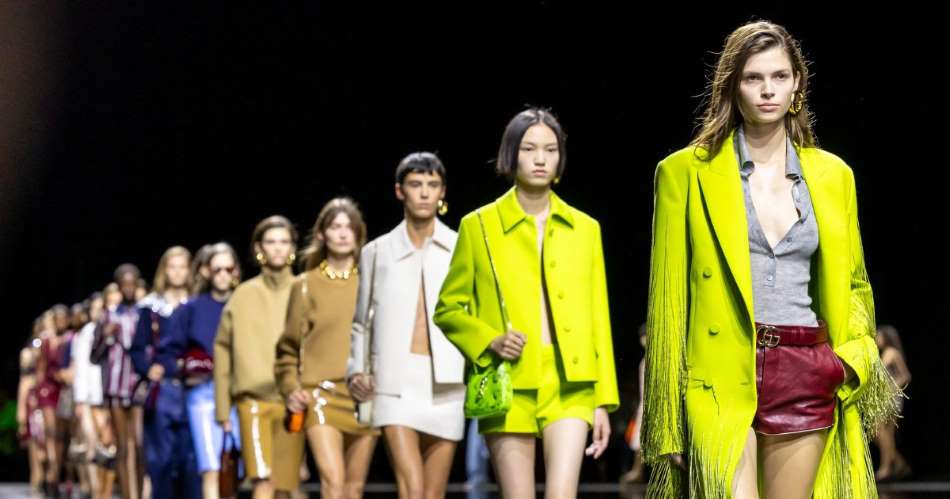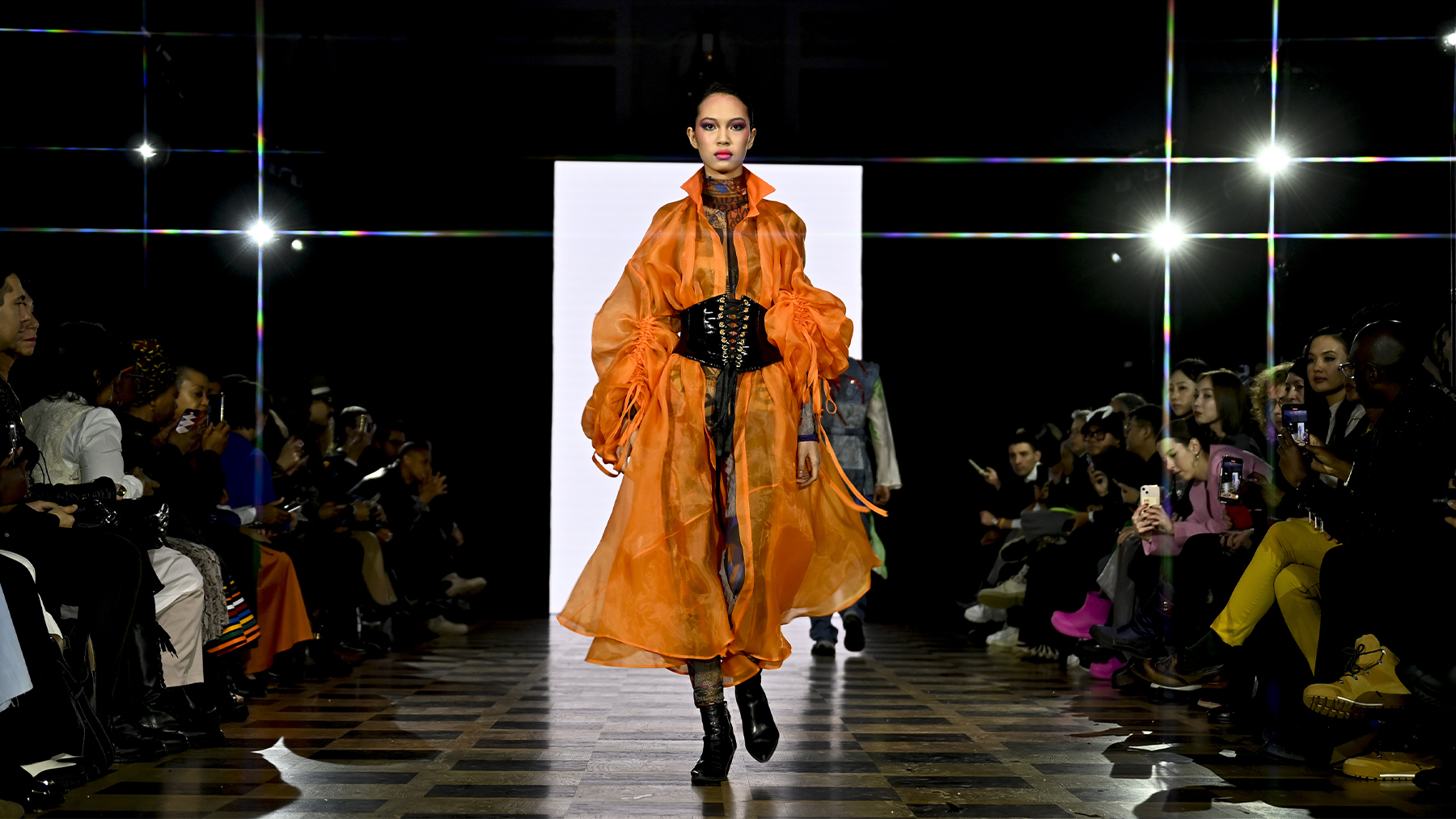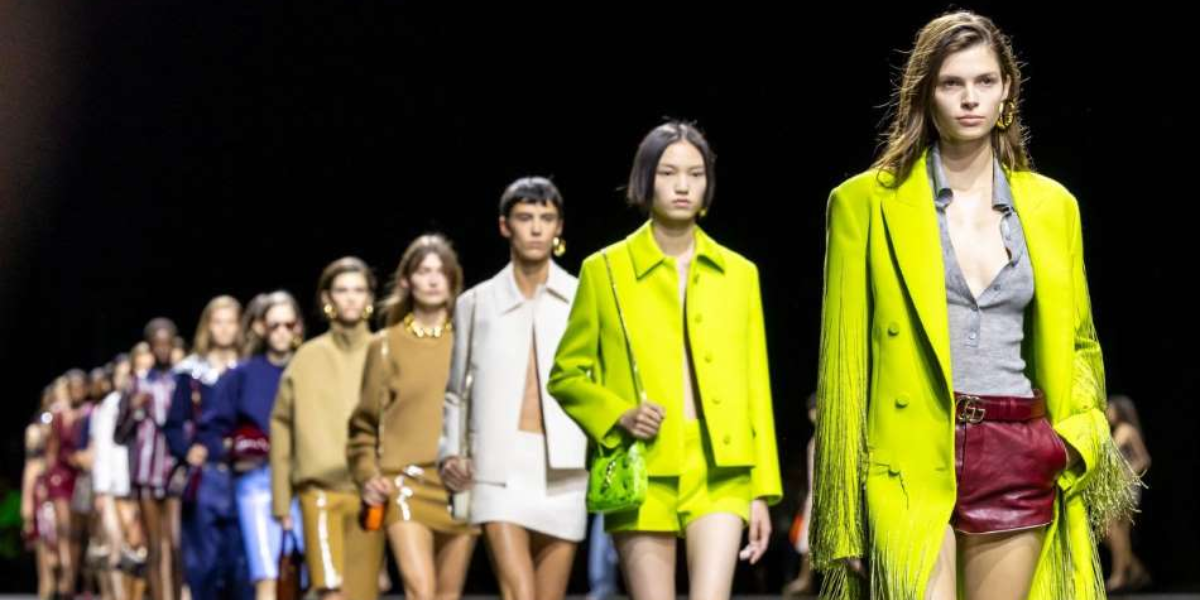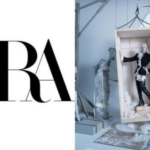In 2024, fashion companies will have to contend with changing market conditions, technological advancements, and economic challenges. But there will always be opportunities due to changing consumer priorities.

Although storm clouds are gathering, the fashion industry may be able to weather the impending challenges based on recent experience. The McKinsey Global Fashion Index indicates that in 2022, the industry demonstrated its resilience once more, nearly matching the record economic profit of 2021. The luxury sector outperformed, following the pattern of the previous year, with a 36% increase in economic profit offsetting weakness in other segments. Even so, the non-luxury sector outperformed its historical average. Due to strong margin performance, the industry in 2022 made more than twice as much money as it did in all but one of the years between 2011 and 2020.
The industry encountered deepening and enduring challenges in 2023. In terms of regional growth, China’s first-half performance waned, while Europe and the US saw gradual growth all year long. Even though the luxury market did well at first, in the later part of the year it too started to feel the effects of lower demand, which resulted in slower sales and inconsistent performance.
Leaders in the fashion industry are overwhelmingly optimistic about 2024, expressing apprehension about slowing economic growth, ongoing inflation, and low consumer confidence. In light of this, companies will find it difficult to locate areas of value and discover fresh performance-enhancing factors.
Fashion forecasts analyzed by McKinsey indicate that, with regional and national variances, the global industry will see top-line growth of 2 to 4 percent in 2024 (exhibit). Once more, the largest portion of economic profit is anticipated to be generated by the luxury market. Nevertheless, the challenging economic climate will still present challenges for businesses there. The segment is expected to expand globally by 3 to 5 percent in 2023 as consumers curtail their spending following a post-pandemic spike, down from 5 to 7 percent in 2023. In line with the slightly more optimistic outlook there, US growth is predicted to pick up after a relatively weak 2023, while growth in Europe and China is predicted to slow.
Beyond luxury, 2 to 4 percent growth is anticipated in the upcoming year, consistent with the likely result in 2023. Compared to 5 percent in the first half of 2023 and 1 to 3 percent in the second half, the European market is expected to grow by just 1 to 3 percent. The most likely reasons for the reduction in spending are anticipated to be a fall in household savings and a decline in consumer confidence. It is anticipated that the nonluxury sector will grow in the US by 0 to 2 percent. In addition, China is anticipated to face comparable difficulties in the face of 4 to 6 percent growth, which is a modest improvement from the end of 2023 but slow when compared to previous periods.
These are only a few conclusions drawn from The State of Fashion 2024, a report released by McKinsey and the Business of Fashion (BoF). The eighth report in the yearly series examines the key issues influencing the fashion economy and evaluates possible solutions from the sector. It presents the major themes that could influence the fashion scene in the upcoming year, based on extensive research and numerous interviews with influential figures in the field.
Uncertainty in the face of headwinds
Going forward into 2024, geopolitics will be the top concern for executives in the fashion industry, followed by economic volatility and inflation, due to conflicts in Europe and the Middle East, as well as strained international relations elsewhere. According to 62 percent of executives surveyed in September of this year, the biggest risk to growth is geopolitical instability. Fifty-five percent of respondents cite economic volatility, and 51 percent mention inflation (up from 78 percent the previous year). It is anticipated that in 2023, the global average headline rate of inflation will drop from 6.9 percent to 5.8 percent, which is still high historically.
Executive opinions on the industry’s prospects are more divided than they have ever been since the BoF–McKinsey Executive Survey was introduced in 2017 against a difficult economic backdrop. Although 26% of those surveyed believe that things will get better every year, 37% believe they will stay the same, and 38% believe they will get worse.
Industry-wide uncertainty is a reflection of the overall state of the economy, albeit with regional variations. Pressure on household incomes is predicted to reduce apparel demand and encourage category trading by 2024. However, there are some geographical outliers that could provide solace. In September 2023, consumer confidence in India reached a four-year high.2. Executives in India are more upbeat than those in the West; in a McKinsey Global Economics Intelligence survey, 85% of participants stated that circumstances had improved over the previous six months.3. Despite the difficulties facing the Chinese economy, more Chinese consumers intend to shop for fashion in 2024 than in either the US or Europe.
Ten themes for 2024

Top fashion brands will probably give emergency planning top priority in the upcoming year in order to be ready for anything. Companies that manage prices precisely to drive growth while maintaining a tight rein on costs and inventories will be a major theme. Suppliers and brands should prepare for a more competitive market. Customers will, however, also have opportunities as they discover new priorities, tastes, and styles, all of which offer avenues for value creation. This year’s report, as in previous years, identifies ten emerging themes that will be at the top of leadership agendas.
Looking ahead
Fashion executives in 2024 will need to carefully balance controlling uncertainty with seizing opportunities as the sector continues to face challenges from geopolitical and economic headwinds. After using up most of their cost-cutting options, businesses can concentrate on increasing sales using fresh approaches to pricing and marketing. According to the BoF–McKinsey Executive Survey, there is a net intent to raise prices of more than 50% across the industry. Simultaneously, less financial strain might potentially improve performance.
The industry is expected to place more emphasis on environmental, social, and governance issues in the upcoming year as a result of rising global temperatures and more extreme weather events brought on by climate change. According to our survey, industry executives rank this issue as their top priority and challenge. The most prosperous businesses will strike a balance between risk management, sustainability programs, and business needs.
Consumer discretionary spending will be biased toward reputable brands and categories in an uncertain world. Hard luxury items like leather, watches, and jewelry will probably be in demand during lean economic times due to their potential investment value. It is anticipated that consumers will travel more and stay outside more. Additionally, they value authenticity and strong emotional bonds over celebrity endorsements.
Executives are preparing for a strategically challenging year overall. Leading companies will be ready for various scenarios in order to mitigate uncertainty. The most prosperous ones will grow stronger, more capable of handling difficulties, and prepared to pick up speed as soon as the storm clouds part.








